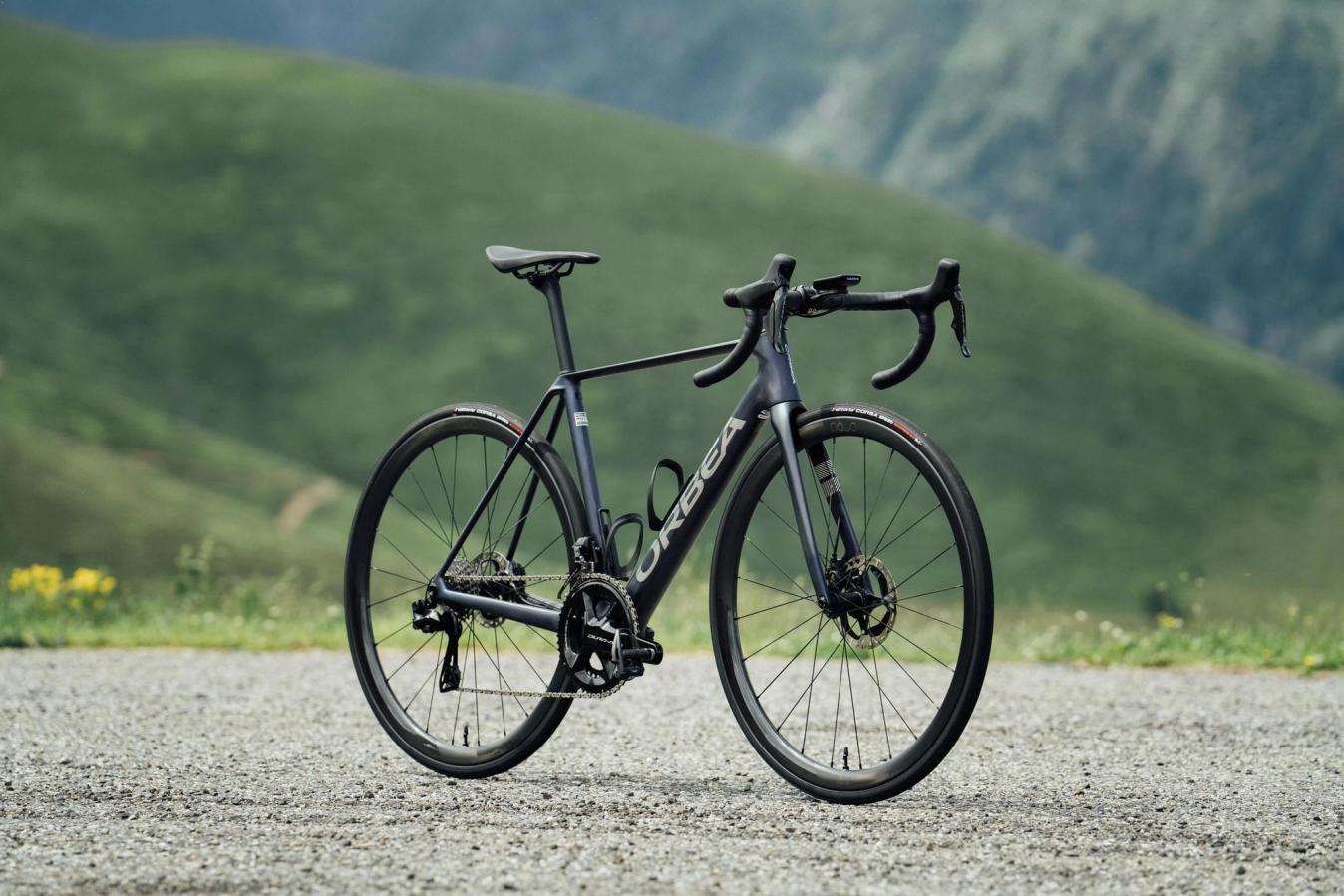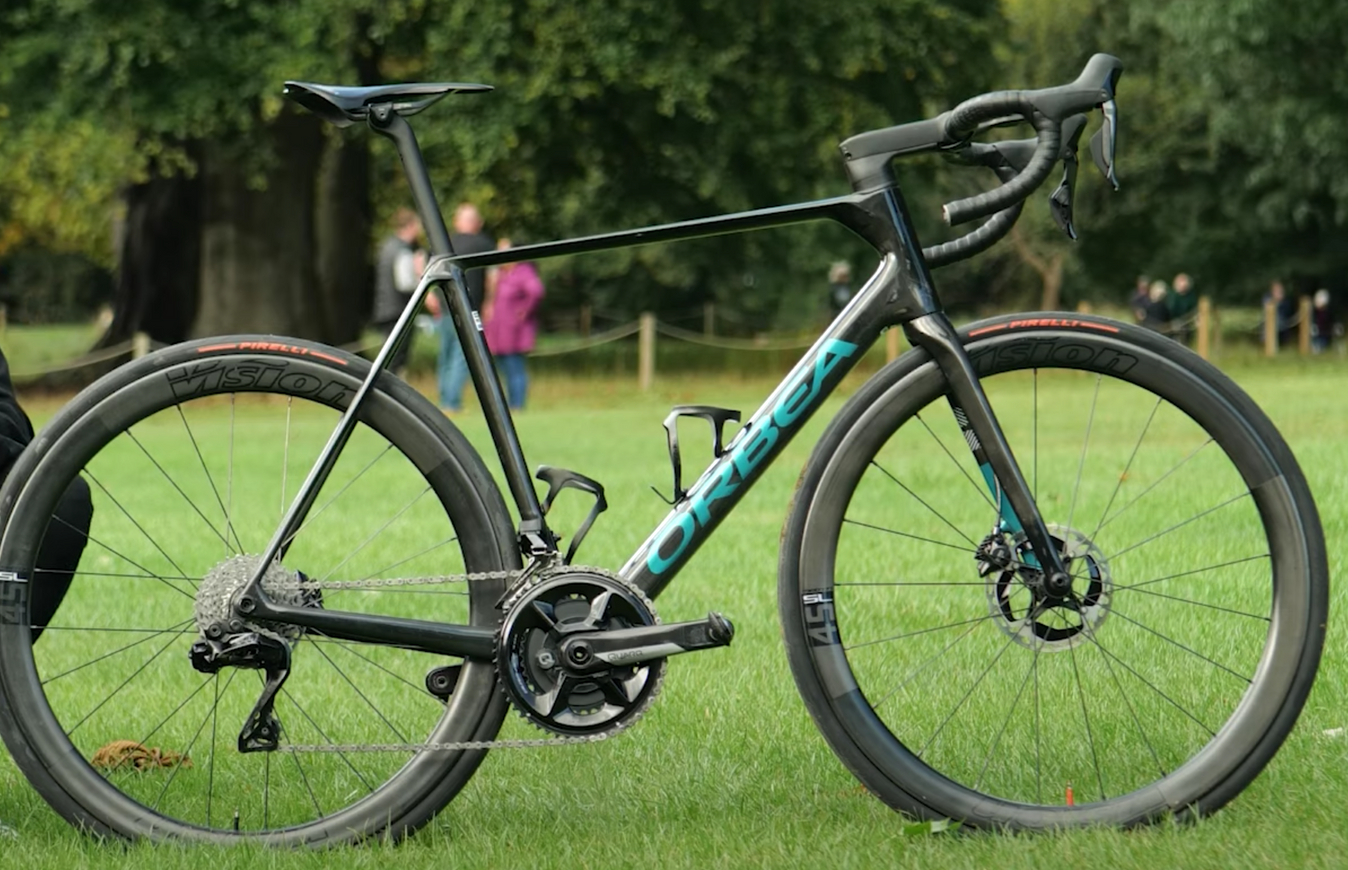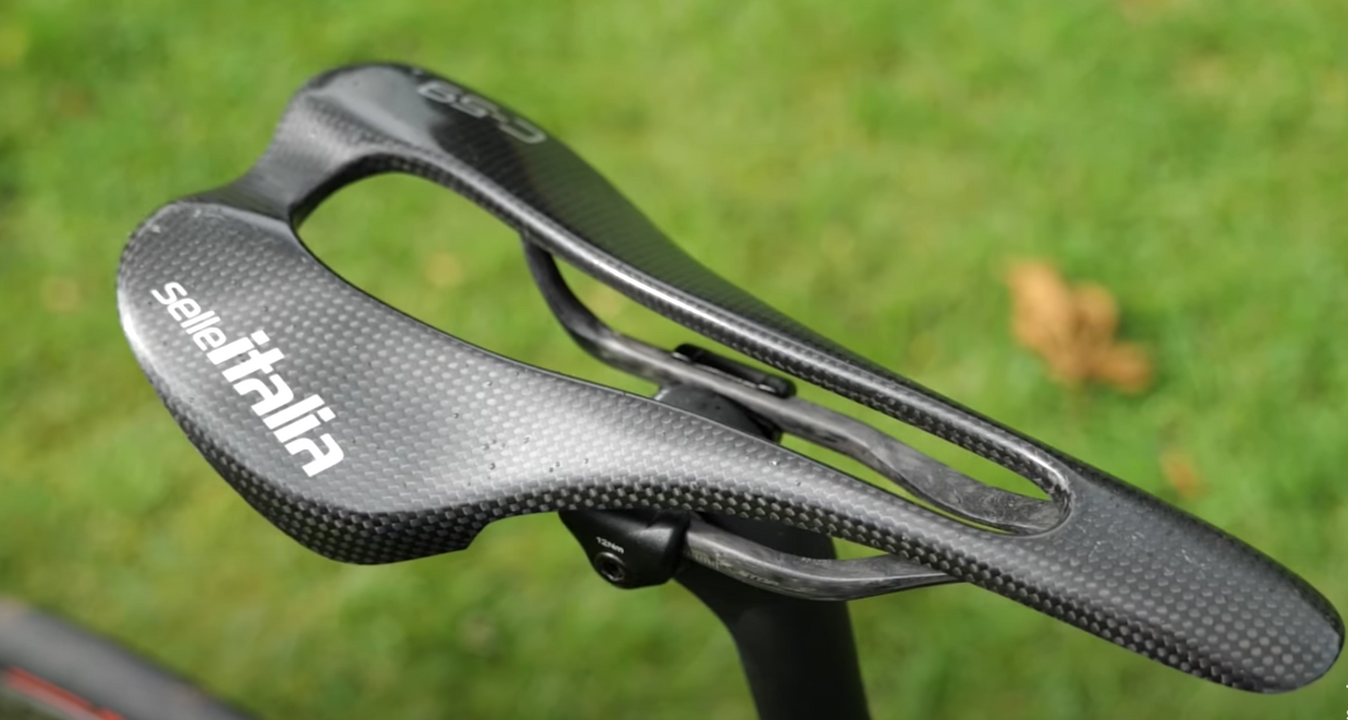Ollie Bridgewood’s Orbea Orca: All-in for lightweight
Released earlier this year, the Orca is designed solely to be as light as possible
Tom Hallam-Gravells
Online Production Editor
Aero fans, look away now. Ollie Bridgewood has changed his bike, shunning aerodynamics in favour of the latest Orbea Orca.
Released earlier this year, Orbea went all-in for lightweight on the design, which caused quite a stir. Not because it’s light, that’s nothing new, but because the brand completely forgot about aerodynamics in the process, which is virtually unheard of in modern cycling.
While the design may surprise some, it’s even more surprising that Ollie, a self-confessed aero nerd, has chosen it as his new bike. Or is it? Here’s why Ollie has gone lightweight.
Read more: New Orbea Orca goes all-in on climbing performance
Why has Orbea gone lightweight?

© Orbea
The new Orbea Orca
Take a look around the modern WorldTour peloton and it’s clear to see that we’re in the era of the do-it-all superbike. An ever-increasing number of brands are shunning dedicated aero or climbing bikes for one model, like Specialized which has combined aerodynamics and lightweight into one package through its Tarmac range.
Read more: Specialized releases new Tarmac SL8
Achieving this usually requires some compromise, usually in the form of a little extra weight. This is something Orbea wasn’t willing to do. It wanted to create the fastest climbing bike possible, and as far as it's concerned, the only way to achieve that is through minimising weight. It backed that opinion up with plenty of research too, including a Low Speed Efficiency test.
“The Low Speed Efficiency tests measure the number of watts needed to maintain a given speed on a steep climb,” Orbea road product manager, Joseba Arizaga, said in a press release when the bike was released. “This test removes aerodynamics from the equation. To perform well, bikes need to be light and transmit the power from the cranks to the wheels efficiently.”
“This is why increasing the weight of a light bike in exchange for aero features doesn't make any sense. On the climbs, the lighter the bike, the better, and at high speeds the more aero, the better. The middle-weight bike with aero features doesn't win anywhere.”
So, according to Orbea, a superbike is a jack of all trades, master of none. If you want to maximise performance on a given terrain, you need a bike that is optimised for it. For climbing, that’s the Orbea Orca.
Why has Ollie gone lightweight?

© GCN
Ollie's Orbea Orca
As Orbea is a GCN partner, Ollie could have also chosen the Orbea Orca Aero which, as the name suggests, is the Spanish brand’s aero bike.
In most scenarios, the aero bike is by far the fastest option, except for on long climbs when the lightweight design wins by a large margin. When Ollie did the calculations, he worked out that, for him, the bike would be 20-25 seconds faster than its aero sibling over the Sa Calobra climb. Sa Calobra is one of Europe’s best-known climbs, located on the Spanish island of Mallorca.
Read more: Ultimate guide to cycling in Mallorca
While Ollie is an aero nerd, regularly found thrashing around his local time trial course, he’s also a keen climber. In fact, there’s nothing he loves more than flogging himself up a climb in pursuit of a PB.
As Ollie succinctly puts it: “When I go on a cycling holiday with my mates, no one remembers who was the fastest through the valley floor. Everyone remembers which of their mates was first to the top of Alpe d'Huez.”
For those Alpe d’Huez PBs, the new Orbea Orca was the only choice.
Ollie’s climbing build
A pure lightweight bike needs to be built with climbing-worthy components. For his build, Ollie has opted for Shimano’s latest Dura-Ace 12-speed groupset. That includes a climber-friendly 11-34t cassette. It’s a normal size by modern standards, providing a wide range of gears, especially for steeper gradients. That’s paired with a semi-compact 52-36 chainset which strikes a nice balance for both climbing and the flat.

© GCN
An 11-34 cassette provides generous gearing
Ollie also uses 170mm cranks, relatively short for his 185cm size, alongside a Quarq power meter and Wahoo Aero Speedplay pedals.
The Vision Metron SL 45 wheels also strike a nice balance, providing a mid-range rim depth that is suitable for both climbing and the flat. These are paired with Pirelli P Zero TT tyres with TPU tubes, which come with weight and rolling resistance savings.
Read more: Butyl vs latex vs TPU: what are the best inner tubes for cycling?

© GCN
Ollie has paired Vision's Metron wheels with Pirelli tyres
Emulating the set-up used by many pro riders, the bike has 140mm brake rotors on the rear, but 160mm on the front. As most of the braking power goes through the front wheel, this makes sense. Having a smaller rear rotor also saves weight.
Finishing touches include a Selle Italia C59 saddle, which tips the scales at only 59g, and Orbea’s bar and stem.

© GCN
The Selle Italia saddle is lightweight, but more importantly, Ollie also finds it comfy
So, the moment everyone’s been waiting for. How much does Ollie’s bike weigh? It’s only 6.74kg, dropping in below the UCI’s legal weight limit. The UCI has no jurisdiction over Ollie’s bike, though, and we doubt he’ll be riding UCI races anytime soon.
For a full breakdown of Ollie's build, watch the full video at the top of the page. You can keep up to date with the latest tech news, features and pro bikes on the GCN website tech section, linked here.
Bike Specification
Bike
year
2023
model
Orca
Manufacturer
Orbea




.jpg?w=600&auto=format)




